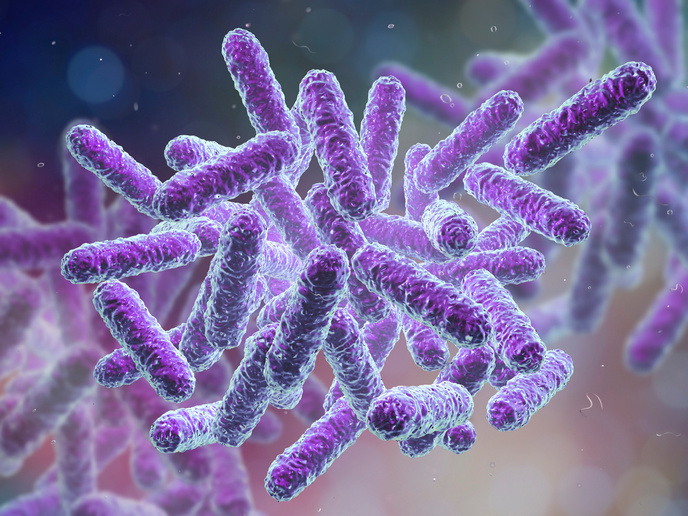DNA goes mobile
Retroelements insert DNA copies into new locations in the chromosome material (genome). As they are mobile and able to replicate the genetic material, they are the source of massive expansion and rearrangement of genomes. As mistakes happen during replication and insertion, mutations can occur — the basis of material for change and evolution. The 'Diversity generating retroelements – understanding a new class of mobile RNAs' (RETROELEMENTS) project looked at a newly discovered class of retroelement found in bacteria and viruses, diversity-generating retroelements (DGRs). These elements repeatedly target a certain region in the genome. This ultimately results in a change in the coding sequence of a gene, thereby producing a new protein. Changes in proteins are translated into adaptation and DGRs are a source of rapid evolution. Harnessed in the lab, protein change is also a useful tool for biotechnology and medicine. Previous work in this field has centred on phages (viruses that live on bacteria). The team therefore developed an algorithm to automatically identify DGRs in other organisms, particularly bacteria. The scientists identified a total of 155 DGRs in a database search, 126 of which had never been described before. Development of various bacterial models brought about one in particular that could be used to investigate the mechanisms of DGR activity. A member of the Cyanobacteria, the model is a bacterium that obtains its energy source from photosynthesis. These bacteria may even be the forerunner of the chloroplasts of higher plants. The DNA insertion process into the genome is similar to the process whereby new antibodies are formed. Thus, applications of the research may extend into immunology. Other uses include phage therapy and DNA repair.







